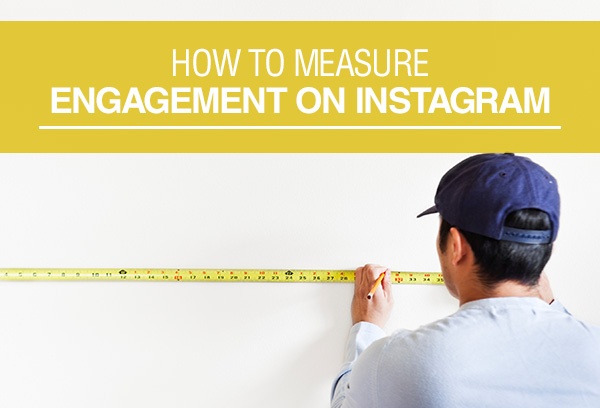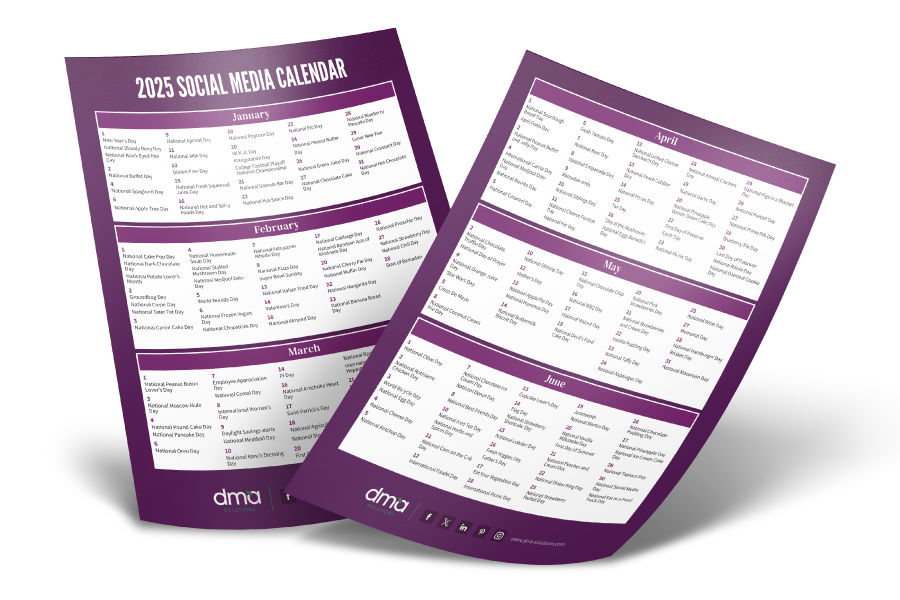 With 400 million monthly active users on Instagram as of September 2015, this platform is one that is exciting the team at DMA Solutions. In addition to the impressive adoption numbers, Instagram is also proving to be a successful social media platform for fresh produce marketers seeking to engage with people.
With 400 million monthly active users on Instagram as of September 2015, this platform is one that is exciting the team at DMA Solutions. In addition to the impressive adoption numbers, Instagram is also proving to be a successful social media platform for fresh produce marketers seeking to engage with people.
Why should you care about engagement? Engagement provides you with indicators that inform you how well a social media network is listening to and absorbing your content. This is important to fresh produce marketers as within this engagement, you are provided with an opportunity to elevate new ideas, share your story in a personal way and understand the needs of the “real consumer” as you engage in one on one conversation.
We recommend that you use the following metrics to determine your brand’s level of engagement on Instagram:
- Likes
Likes on Instagram are similar to the likes that a brand receives on Facebook posts shared directly to the timeline. Likes on Instagram indicate that an image you have posted is resonating with your audience (followers or not). It is common practice on Instagram to share the love when someone likes your image. Thus, when your brand’s photo is liked, it is best practice to like one of their photos back.
- Comments
People can also comment on Instagram posts, which is also an indicator of how well (or not) your images are resonating with existing or prospect audiences on Instagram. Comments appear under the photo but collapse if there are more than three. It is recommended that for every comment you receive on Instagram that you comment back as if you are having a conversation with the person that took the time to share a thought with you on your post. It is perfectly acceptable to combine responses to comments in one post.
- Total Engagement
This is a metric that combines the sum total of likes and comments on all of your posts for a specified period of time. Keeping a running tally of this total by month is helpful when you seek to determine when your posts are connecting most to your audiences. Imagine at the end of twelve months, a successful social media marketer should have the capability to run a report and graph showing peaks and valleys throughout the year that showcase the opportunity for the coming months.
- Engagement per Post
This metric provides rich insights than just the sum total for all of your posts on Instagram. Instead, this measurement provides you with an average of how much engagement you’re getting per post allowing you to understand which posts are earning the most interactions. If you post various types of media on Instagram, photo or video, you might even take this metric one step further by dividing your measurement for Average Engagement per Video or Photo. This way, you can start to clearly see which media your audience is most likely to engage with and you can plan budgets and content calendars appropriately.
- Engagement as % of Followers
This metric is calculated for a specified time period and shows the portion of your current followers engaging with your posts.
Total Engagement in a Time Period/Total Followers
=
Engagement as % of Followers
We recommend using this metric to determine how well your content is engaging your network’s followers. If you find that your engagement as % of followers is on the uptick, then you are likely very in tune with the needs of your consumers and are delivering on a consistent basis. If you find that your percentage is on the decline, we recommend that you work to 1) convert the people liking/engaging your posts the most that are not currently followers and 2) start to develop a segmented approach to the content that you are producing to reach multiple audiences via Instagram.
- Hashtag Mentions
Another clever way to measure engagement on Instagram is via hashtags that are unique to your brand. This can be difficult to measure if your company is using a very popular hashtag like “zucchini” or “smoothie” that many people (maybe millions) are using every day. To combat this, we recommend using very specific hashtags that allow you to truly measure use more accurately.
- Hashtag Volume
If you’re measuring how viral a campaign is performing if you have a unique hashtag aligned with it, you will want to pay attention to the number of times a hashtag has been used in any given period of time.
- Hashtag Reach
This metric provides you with the number of individual or unique people that have seen content associated with your Instagram page. Unlike the previous metrics mentioned, “reach” measures the potential number of eyes consuming your content. In other words, just because your image appears in a news feed, doesn’t mean that a follower has seen it. A similar metric to this is Hashtag Impressions. Just like reach, this is a potential metric that indicates the number of times content associated with your page is displayed.
Now that you’re equipped with the metrics associated with measuring engagement on Instagram, you are now in a position to start to measure ROI relative to your company and brand’s purpose for being present within the network. Make no mistake and like other social media networks, Instagram management requires a very specific finesse in order to do it carefully, thoughtfully and in a way that is building attention to your company or product’s brand.
For other great social media resources from DMA Solutions, click here to peruse and download our free content created specifically for fresh produce marketers.
{{cta(‘7092496c-2e87-472d-899d-0769c7b37119’)}}











